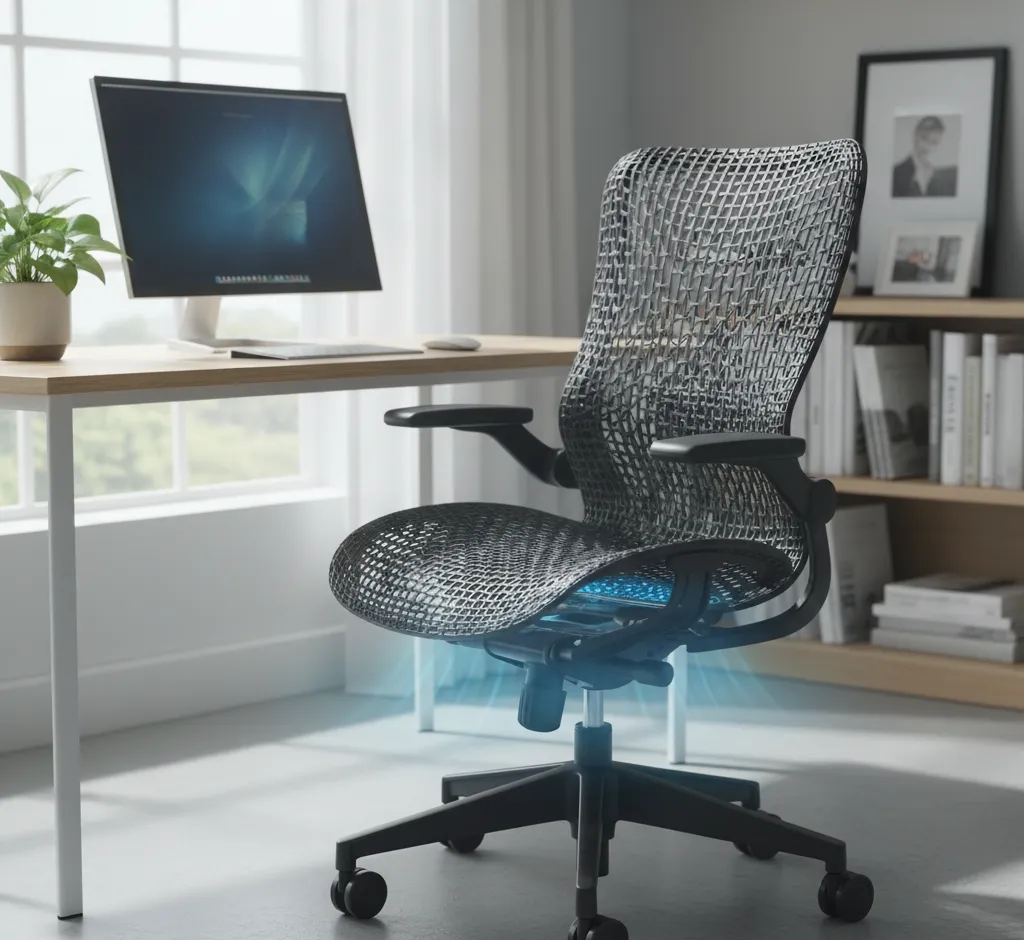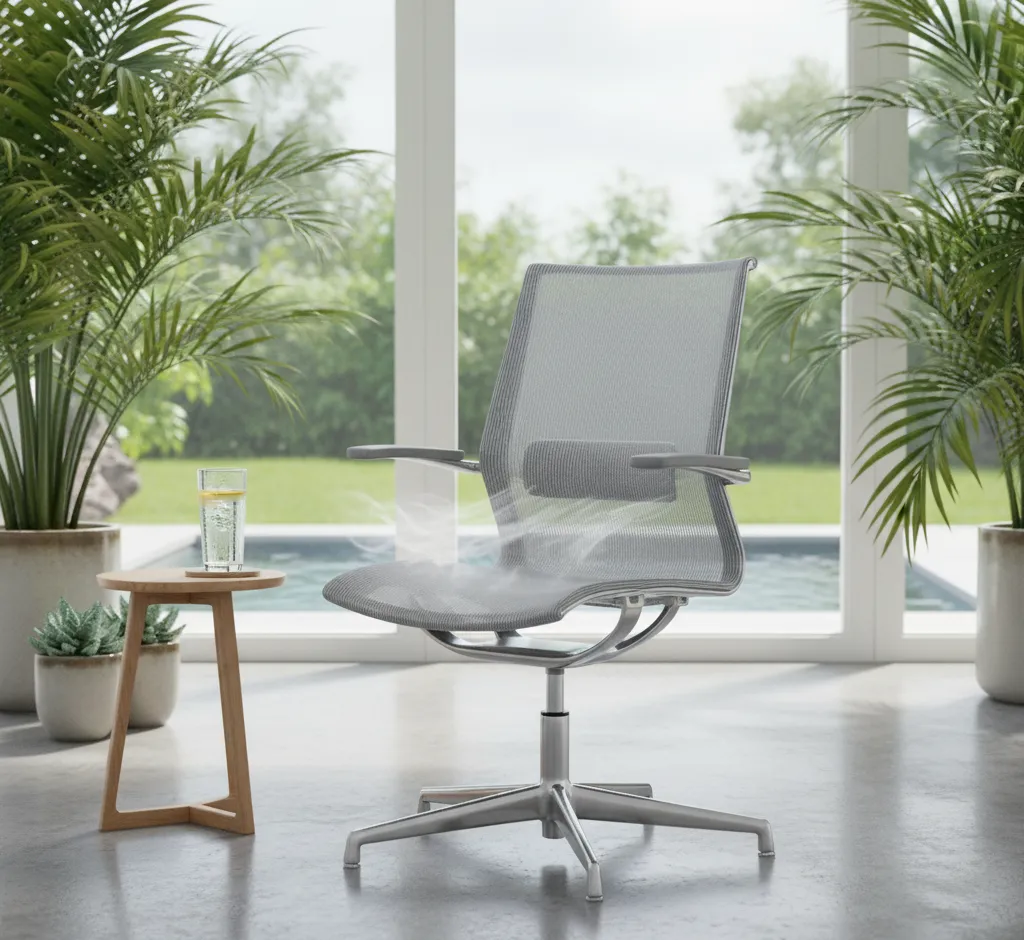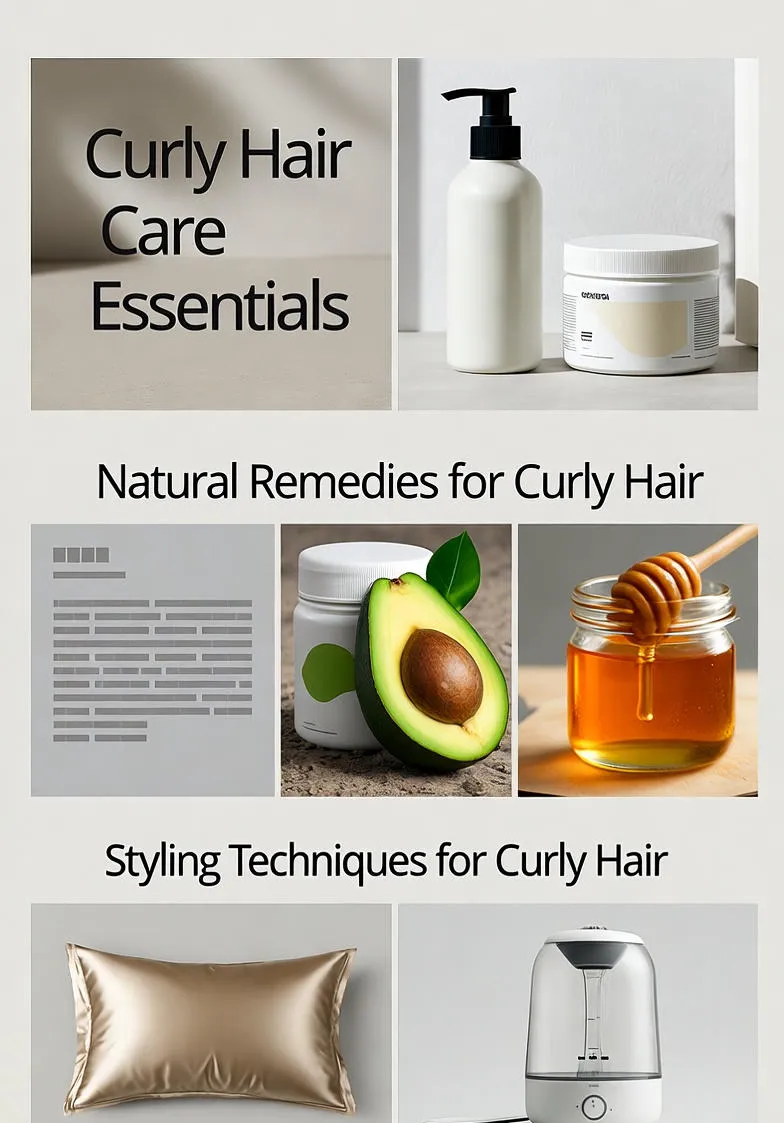Ultimate Guide to Selecting a Chair with a Breathable Fabric Seat for Optimal Comfort and Health
Discover the essential guide to choosing office and gaming chairs with breathable fabric seats. Learn about mesh, woven textiles, and key factors like weave density, wicking properties, and durability for optimal comfort and health.

Why Breathability Matters: The Science of Seating Comfort
When it comes to selecting the perfect chair, be it for your **home office**, **gaming setup**, or **professional workspace**, one factor often overlooked but critically important is the breathability of the seat fabric. A chair with a breathable fabric seat isn't just a matter of preference; it's a foundation for sustained comfort, enhanced focus, and long-term health. The science behind this is simple: **temperature regulation** and **moisture management**.
During prolonged sitting, the area where your body meets the seat can become a hotspot. Non-breathable materials, such as certain types of vinyl or leather, trap heat and sweat. This leads to an uncomfortable, sticky feeling, which causes you to shift, distracting you from your work. More significantly, it creates an environment conducive to bacterial growth and skin irritation. A breathable fabric allows for **air circulation**, which facilitates the **evaporation of perspiration**, keeping your skin cool and dry. This constant exchange of air is what makes a significant difference in comfort over an 8-hour workday.
The Hidden Cost of Non-Breathable Seating
The immediate discomfort of a hot, sticky seat is only the beginning. Over time, poor breathability can contribute to several issues:
- **Reduced Productivity:** Constant fidgeting and discomfort break concentration. Studies show a direct correlation between comfortable seating and sustained focus.
- **Skin and Hygiene Issues:** Trapped moisture can lead to skin problems, including rashes and folliculitis, particularly in warm environments.
- **Long-Term Wear and Tear:** Fabrics that absorb and trap moisture break down faster, shortening the lifespan of your expensive chair.
Choosing a breathable fabric is an investment in your well-being and the longevity of your furniture.
Key Breathable Fabric Types and Their Characteristics
Not all breathable fabrics are created equal. The material's structure, weave, and composition all play a role in its cooling performance. Here are the top contenders you should look for:
1. Performance Mesh (The King of Cool)
Mesh is the gold standard for breathability, particularly for **ergonomic office chairs**. It's an open-weave material, often made from elastomeric or polyester threads, stretched taut over a frame. This structure ensures **maximum airflow**.
- Pros: **Exceptional airflow**, dissipates heat immediately, conforms to the body (especially high-quality meshes), and is highly durable.
- Cons: Can feel too firm for some; lower-quality mesh may scratch clothing or fray over time.
2. High-Quality Woven Textiles (Traditional Comfort)
These are traditional upholstery fabrics, typically made from natural fibers like **wool** or **cotton blends**, or high-performance synthetic **polyesters**. The key is the **loose, non-backed weave**.
- Pros: A softer hand-feel than mesh, available in a vast array of colors and patterns, and generally very durable and resistant to pilling. They breathe well due to the gaps in the weave, allowing for some moisture wicking.
- Cons: Not as cool as mesh, especially if the fabric has a tight backing or is overly dense.
3. Knitted Fabrics (The Modern Alternative)
Knitted fabrics, similar to those used in high-end athletic apparel, are gaining popularity. They offer a unique blend of **stretch** and **air permeability**.
- Pros: Excellent stretch for dynamic seating, very soft and comfortable, and the knit structure allows air to pass through easily. Often used in specialized ergonomic chairs.
- Cons: May be less resistant to snags than woven fabrics.
Criteria for Evaluating Breathable Chair Fabrics
When you're shopping, don't just rely on the label. Use these criteria to evaluate the true breathability and quality of a chair's seating surface:
1. Weave Density and Air Permeability
Hold the fabric (or a sample) up to the light. Can you see pinholes of light through the weave? If you can, air can move through it. **Performance mesh** should have a very open, almost transparent structure. For woven fabrics, feel for a **loose, soft hand**; a stiff, heavy, and tightly backed fabric will trap heat regardless of the fiber content.
2. Composition: Natural vs. Synthetic Fibers
Synthetic (e.g., Polyester, Nylon): These are superior for **moisture-wicking**. They draw moisture away from the body and release it into the air, keeping you dry. They also tend to be the most durable and stain-resistant.
Natural (e.g., Cotton, Wool): Cotton is highly breathable but absorbs moisture (it's less wicking). Wool is naturally excellent at temperature regulation but can be too warm in high-density weaves. For breathable chairs, look for synthetic/natural **blends** that leverage the comfort of natural fibers and the wicking performance of synthetics.
3. Abrasion Resistance (The Durability Test)
Breathable fabrics must also be durable. Abrasion resistance is measured in **Double Rubs** (the Wyzenbeek test). For a chair used daily in a home office, look for a fabric rated at least **30,000 double rubs**. For a high-traffic corporate office, aim for 50,000+.
4. The 'Hand' and Comfort Feel
Ultimately, you have to sit in it. A breathable fabric should not feel scratchy, rough, or cold to the touch. High-quality performance meshes, for example, have a soft, almost cushioned texture despite their openness. Always prioritize a material that feels good against the skin or clothing you typically wear.
The Full Ergonomic Picture: Beyond the Seat
While the breathable seat fabric is crucial for thermal comfort, a truly great chair integrates this feature with overall **ergonomic design**.
1. Breathable Backrest
If you opt for a mesh seat, ensure the backrest is also mesh. The back is a major heat generator, and having a mesh backrest maximizes the cooling effect across your entire torso. A breathable backrest also enhances the chair's lumbar support by allowing it to contour to your spine without causing pressure points.
2. The Role of Foam and Cushioning
Even with a breathable fabric cover, poor-quality foam padding can negate all the benefits. Dense, cheap foam holds heat. Look for **high-density, multi-layered foam** or, even better, **gel-infused foam** under the fabric. High-quality foam is durable and maintains its structure, which is key to long-term comfort and heat dissipation.
3. Seat Edge and Waterfall Design
Ensure the front edge of the seat has a **waterfall design** (a gentle downward slope). This relieves pressure on the back of your knees and promotes healthy blood circulation to your lower legs. Combined with a breathable seat, it’s the ultimate setup for preventing discomfort and fatigue.
Maintenance and Care for Breathable Fabrics
Breathable fabrics are generally easier to clean than materials like leather, but they require specific care to maintain their air-flow properties:
- **Routine Vacuuming:** Use a soft brush attachment on a vacuum cleaner weekly. This prevents dust and debris from settling into the open weave and clogging the fabric's pores, which is essential for breathability.
- **Spot Cleaning:** Address spills immediately. Use a mild soap and water solution (often recommended for polyester and mesh) and blot the area. **Avoid harsh chemicals** that can damage the fiber structure.
- **Deep Cleaning:** Most quality mesh and woven fabrics can be cleaned with a steam cleaner on a low setting. Always test a small, inconspicuous area first and allow the chair to fully air dry before use.
By making the informed choice of a chair with a quality breathable fabric seat, you are choosing to prioritize your health, productivity, and comfort. Whether you spend one hour or ten hours a day in your chair, the ability to stay cool and dry is foundational to a positive and pain-free sitting experience.


